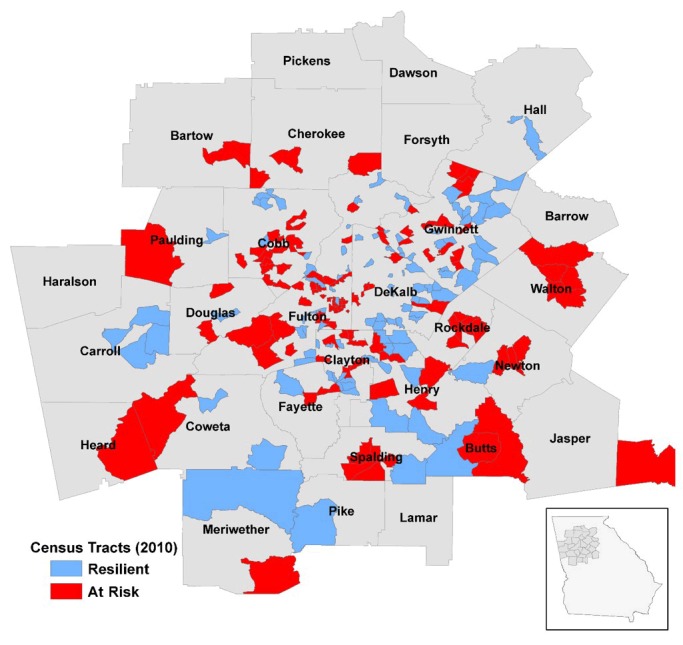How local agencies can maintain expansion of services while tax revenues decline
By Martha Amram, Ph.D, CEO of GLYNT.AI and Chieng Moua, VP of Innovation, Blue Prism.
Q2 is the season when the vast majority of state and local governments close their books on the current fiscal year and put their budgets in place for the next. But the last six week has turned this exercise down. Suddenly the local economic base is in disarray, the healthcare crisis will linger, and local unemployment has skyrocketed. The next fiscal year looks really tough.
We’re writing this blog post not because we have a cure-all policy fix, nor because we have found a unique insight into the key challenges local governments face. We’re writing because we have digital resources that may help build added staff capacity and a more reliable base of revenue collection to support citizen services during this quarter and next fiscal year.
Blue Prism and GLYNT.AI have partnered to build intelligent automation solutions for the largest companies in the world. We’d like to offer the same enterprise grade tools to our local governments. Let us know if we can help with challenges large and small.

The Risk Within: Resilient and At Risk Neighborhoods in the Atlanta, CA metro area. [source]
Economists are laying out the key challenges of the Covid-19 economy: Rising unemployment, falling real estate values, the looming shutdown of many small businesses, layoffs from large regional employers and more.
But looking deeper, the key challenge is much more local: Within local jurisdictions the uneven economic, demographic and health conditions of neighborhoods will lead to a wave of huge and persistent demand for government services. The graphic of resilient and at-risk neighborhoods in the Atlanta metro illustrates the point. Every city, county and state faces the same challenges.
Who will serve these residents? And how can digital automation help?
- From the inside. Within cities and states, back office workflow is key to processing healthcare claims, unemployment insurance claims, even the basic invoice processing of the accounting departments. Use digital automation to expand the capacity of workflows. Do more with the same staff or re-assign staff to high priority areas
- From the outside. For example, SCORE, Small Business Development Centers, and local non-profits are already helping affected residents apply for SBA loans, apply for unemployment insurance and more. Provide digital grants to these organizations to reduce the burden on city staff. Build the capacity outside the already stretched local government.
- Eager new volunteers. Many young technology workers want to help. But their skills are in writing code, designing user experiences and more. Not processing UI claims. Use digital automation to give them a backbone of workflows that need assistance. They will build on top to solve local problems. Scale this talent through digital grants.
- Accelerate revenue collection. For example, post-Covid-19, pent up construction demand will spill over to the building permit counter. Use digital assistance to reduce staff time needed to review applications. Enable online payments and speed revenue collections.
- Gathers documents of all variety: pdfs, scans, faxes and mobile phone photos
- Turns the documents into a stream of data
- Pipes the data to the right forms and document packages
- Speeds the forms and document packages through the integrated workflow.
- Provides rapid feedback to the user and/or auto validation to the workflow: Is the form complete? Are the correct documents submitted? Is eligibility criteria met?
- Supports your staff as they make the final decisions
- Or delivers pre-processed workflows that ease the burden on your staff
The next fiscal year requires accelerated and reliable revenue collection wherever possible, while shifting of staff resources to serve the local neighborhoods in need. Digital resources can help. We’d welcome the opportunity to serve your community, whether it be inside, outside or through new targeted digital solutions from volunteers.




